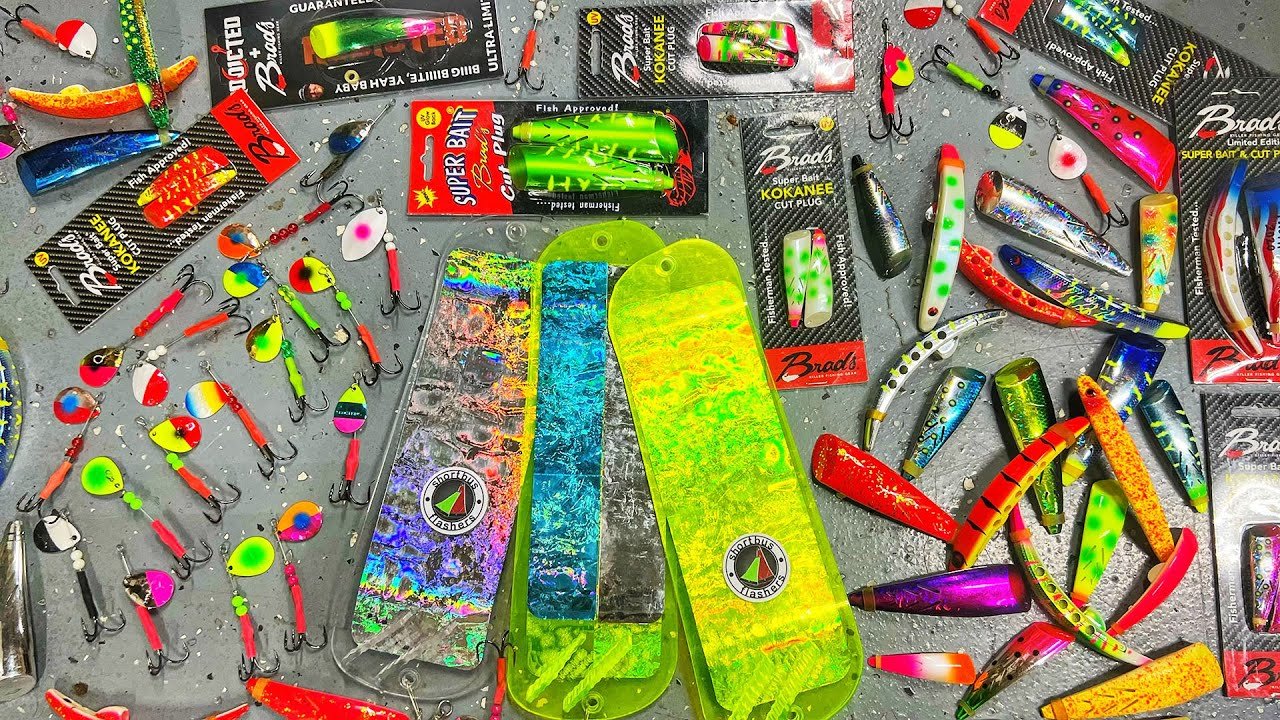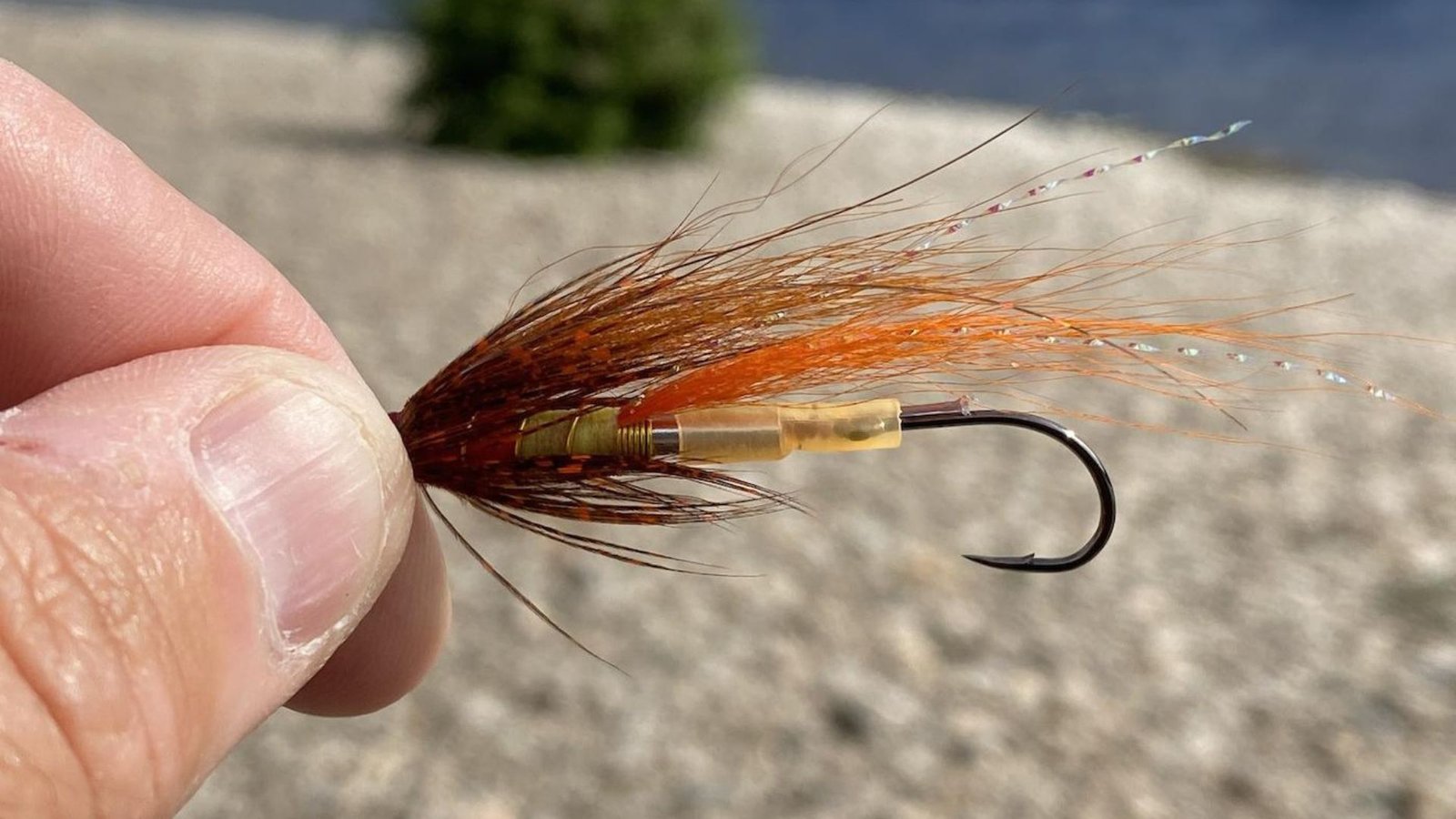Choosing the right fishing spot is crucial for successful salmon fly fishing. Productive spots are often determined by factors such as water conditions, fish behavior, and available cover. By learning how to identify these key elements, you can significantly increase your chances of a successful fishing trip.

How to Identify Productive Salmon Fly Fishing Spots
1. Study Water Conditions
a. Water Depth: Salmon are often found in deeper pools or runs, especially during warmer weather when they seek cooler water. Look for areas where the water depth changes, such as drop-offs or deep pools near shorelines.
b. Water Temperature: Salmon prefer cooler temperatures, so areas where colder water enters the main river or where springs are present can be productive. Use a thermometer to gauge water temperature variations.
c. Currents and Structure: Salmon often rest in areas with slower currents, such as behind rocks, logs, or other underwater structures that break the flow of water. These spots provide shelter and conserve energy.
2. Observe Fish Behavior
a. Surface Activity: Look for signs of salmon breaking the surface, such as splashing or feeding activity. This indicates active fish that may be more receptive to flies.
b. Underwater Movement: Polarized sunglasses can help you spot salmon moving in shallow water or near the surface. Pay attention to subtle movements or shadows that indicate the presence of fish.
c. Spawning Areas: During spawning seasons, salmon migrate to specific areas, such as gravel beds or tributaries. These areas can be highly productive but may have specific regulations regarding fishing.
3. Research Local Knowledge and Maps
a. Local Knowledge: Talk to local anglers, fishing guides, or fly shops to gather information about productive fishing spots. They can provide insights into seasonal patterns, hatches, and recent fishing reports.
b. Maps and Online Resources: Use maps, satellite imagery, and fishing forums to identify potential fishing spots. Look for access points, public lands, and areas known for salmon runs or spawning grounds.
4. Explore and Experiment
a. Explore Different Areas: Don’t limit yourself to one spot. Explore different sections of the river, streams, or lakes to find where salmon are most active. Move around and adapt to changing conditions.
b. Trial and Error: Experiment with different flies, techniques, and times of day to see what works best in specific spots. Keep a fishing journal to record successful spots, patterns, and observations for future reference.
5. Consider Environmental Factors
a. Weather Conditions: Weather can influence fish activity. Overcast days or periods of low light can encourage salmon to feed closer to the surface. Wind direction and intensity can affect casting and presentation.
b. Water Clarity: Clear water conditions are ideal for sight fishing, allowing you to spot fish and adjust your approach accordingly. Muddy or turbid water may require different techniques and fly patterns.
6. Practice Ethical Fishing
a. Catch and Release Practices: Respect local regulations and practice catch-and-release to conserve fish populations. Handle fish carefully and use barbless hooks to minimize harm to salmon.
b. Leave No Trace: Pack out trash, respect private property rights, and avoid disturbing wildlife and vegetation while exploring fishing spots.
Conclusion: Finding Your Ideal Fishing Spots
Identifying productive salmon fly fishing spots requires a combination of knowledge, observation, and adaptability. By studying water conditions, understanding fish behavior, researching local knowledge, and exploring different areas, you can increase your chances of success on the water. Remember to practice ethical fishing practices and conservation efforts to ensure sustainable fishing opportunities for future generations.




